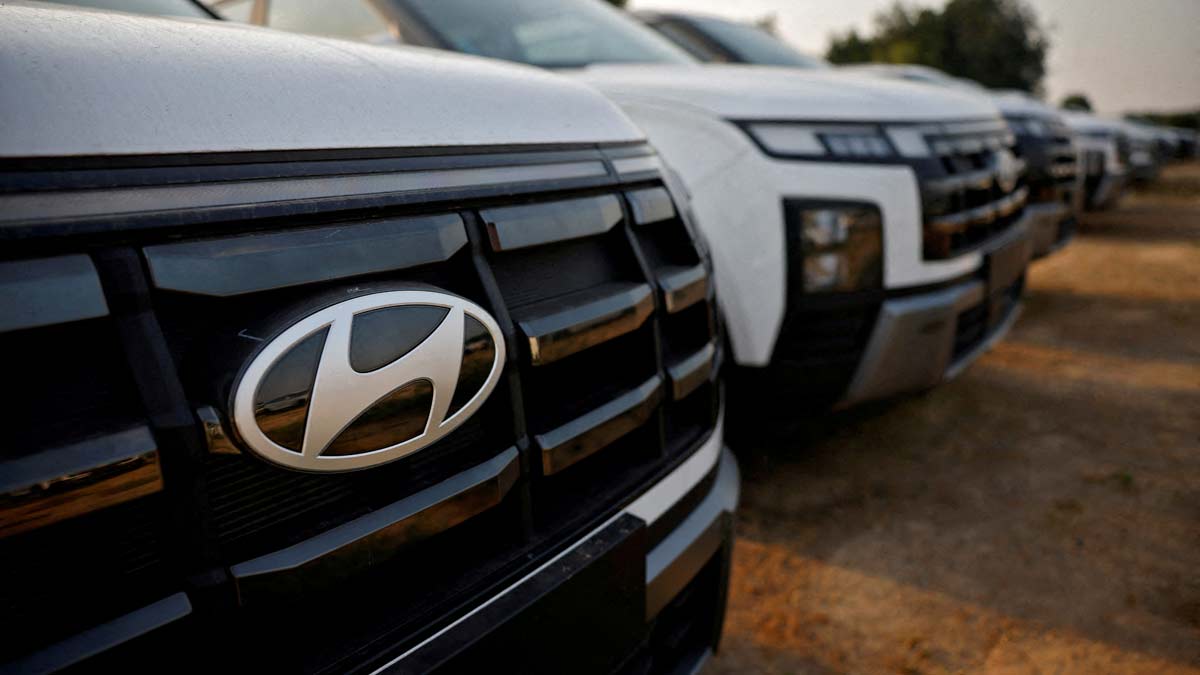Should You Buy or Lease an Electric Vehicle (EV)?
The decision to buy or lease an electric vehicle (EV) has become increasingly relevant as the automotive landscape continues to evolve. Ten years ago, leasing was often seen as an option for affluent individuals who preferred to upgrade their cars regularly. However, the rapid pace of technological advancements in the auto industry has changed this dynamic. Cars are no longer just modes of transportation—they are complex technological devices. As a result, many consumers now seek to upgrade their vehicles more frequently to stay in sync with the latest developments, which has made leasing a popular alternative to purchasing.
This guide explores the benefits and drawbacks of both leasing and purchasing an EV, helping you make an informed decision that fits your financial situation and personal needs.
The Appeal of Leasing an Electric Vehicle
Leasing an EV has become more appealing for many reasons. When you lease, you essentially “rent” the car for a fixed term, making monthly payments over a period of two to four years. Once the lease is up, you return the vehicle to the dealer, with no long-term financial commitment. This is particularly advantageous in today’s rapidly evolving electric vehicle market, where advancements in battery technology, charging capabilities, and software are happening every year.
For instance, a 2027 model is likely to offer significant improvements over a 2024 model—including increased range, faster charging, and enhanced features. Leasing allows consumers to upgrade to these newer models without the long-term commitment of owning a vehicle that could quickly become outdated.
Benefits of Leasing
- Access to the Latest Technology: Leasing allows you to always drive a newer model with the most up-to-date technology. This is especially valuable in the EV space, where developments in battery life, charging infrastructure, and performance are constantly evolving.
- Lower Monthly Payments: Leasing typically requires less money upfront compared to purchasing, and monthly payments are often lower than loan payments. This makes leasing more accessible for people who want to drive a new car without making a large financial investment.
- Flexibility: After the lease term, you have the option to upgrade to a newer vehicle or even switch to a different brand. This flexibility is crucial as EV technology continues to advance rapidly.
Example Leasing Deals
To illustrate, leasing a Hyundai Ioniq 5 can be a highly affordable option. Currently, you can lease the Ioniq 5 SE Standard Range for $229 per month over a 33-month term, with an initial payment of $3,999 due at signing. This brings the total monthly cost to around $350, which is just 0.8% of the vehicle’s total price of $43,195—an excellent deal by most industry standards.
On the other hand, leasing a Rivian R1S would cost a minimum of $699 per month for a 36-month term with an upfront payment of $8,594. The total monthly cost, excluding taxes and fees, comes to about $938, representing 1.2% of the car’s value, which is still reasonable but not as competitive as the Ioniq 5 deal.
Drawbacks of Leasing
Despite its advantages, leasing has some significant downsides. The most notable is that you don’t own the vehicle at the end of the lease term. This means that after making years of payments, you have no asset to show for it. Additionally, there are several other factors to consider:
- Mileage Limits: Most leases come with annual mileage restrictions (typically between 10,000 and 15,000 miles). If you exceed this limit, you may face expensive per-mile charges, which can significantly increase the total cost of leasing.
- Wear and Tear Fees: Leasing contracts often include penalties for excessive wear and damage. If your vehicle accumulates significant dings, scratches, or interior damage, you could be liable for additional costs at the end of the lease.
- Lack of Ownership: Leasing means you’re always making payments and will have to lease again or buy a vehicle outright at the end of the term. If long-term ownership appeals to you, leasing may not be the best option.
The Case for Buying an Electric Vehicle
While leasing is a popular choice, buying an EV has its advantages, particularly for those who plan to keep their vehicle for the long term. If you find an EV that meets your needs—offering sufficient range, charging speed, and other desired features—purchasing might make more sense financially. Ownership allows you to avoid mileage restrictions and wear-and-tear fees, and once your loan is paid off, you will have no more monthly payments.
Related: Will Investing in Electric Vehicle Chargers Increase the Market Value of Your Home?
Financial Considerations of Purchasing
While buying requires a larger upfront investment and higher monthly payments, the long-term financial benefits can be substantial. For example, purchasing a Hyundai Ioniq 5 with a $10,000 down payment would result in monthly payments of around $555.70 over a 60-month financing period. If you put down the same $3,999 as in the leasing example, your payments would rise to $653.27 per month. Though higher than leasing, these payments allow you to eventually own the car outright.
Once the car is paid off, the savings become apparent. For instance, after five years of payments on the Ioniq 5, your average monthly cost over a 10-year period would drop to around $361. Similarly, buying a Rivian R1S would lead to payments of $1,537 per month for 60 months with an $8,594 down payment, but the long-term costs are reduced after the loan is paid off.
Potential for Resale Value
A significant benefit of purchasing is the potential resale value of the vehicle after you’ve paid off the loan. If the car is in good condition after 10 years, you can trade it in or sell it privately, recouping some of your investment and lowering your overall cost of ownership. Additionally, ownership eliminates the concern of exceeding mileage limits or incurring wear-and-tear fees.
Purchasing and Federal Tax Credits
For buyers, especially those purchasing EVs that qualify for the $7,500 federal tax credit, the financial advantages can be substantial. According to Joseph Yoon, a consumer insights analyst at Edmunds, if you qualify for the tax credit and plan to keep your vehicle for the long term, buying may be more beneficial than leasing.
Should You Buy or Lease an EV?
Ultimately, the decision to buy or lease an electric vehicle depends on your financial situation, driving habits, and desire for the latest technology. Leasing offers the advantage of lower upfront costs, access to the newest models, and flexibility, but comes with mileage restrictions and a lack of ownership. On the other hand, purchasing an EV allows you to own the vehicle outright, build equity, and avoid the fees and limitations associated with leasing.
If you expect to drive more than 15,000 miles per year or plan to keep the vehicle for a long time, buying may be the better option. If you prefer flexibility and staying current with the latest technology, leasing could be more appealing.
Whether you choose to lease or buy, always consider your long-term financial goals, current credit situation, and how much you’re willing to spend on the latest EV technology.










































































































































































You must be logged in to post a comment Login